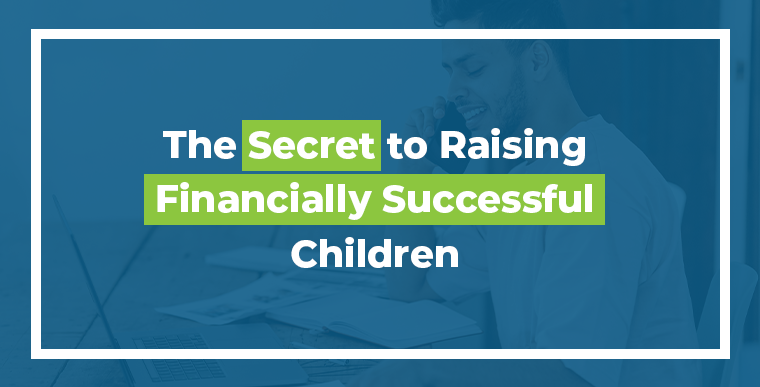
I have fond memories of many things from my childhood. Some of the best ones are from helping my father in his business endeavors. Working for him taught me a variety of skills but more importantly it taught me work ethic. I entered the workforce with a drive and desire to succeed which facilitated a level of success that many young adults these days miss out on.
The great news for you as a parent is that there is an amazing tax protected vehicle you can use to help your child begin creating a foundation of savings from their job and create a whole new level of financial sophistication education as well.
This vehicle is the ROTH IRA.
Using the ROTH IRA, your child can put up to $6,500 (cannot exceed their earned income amount) into their account each year. Technically, they can use a traditional IRA as well, however, in most situations, your child’s income will be tax free, losing the benefit of the traditional IRA. The first $13,850 of income in 2023 is income tax free due to the standard deduction. Money that grows inside of the ROTH IRA is also tax free. Which means that your child can save $6,500 every year that never had a penny of tax paid on it!
To put this in perspective, let’s look at the growth of ROTH IRA savings for 2 scenarios. Child A saves $3,000 every year beginning at age 12, and continues to do so throughout their working career. Child B saves $6,500 every year beginning at age 8 and stops saving at age 30. Assume all savings are invested in the broad market with annualized returns of 10%.
At age 20, Child A will have $43,200 and Child B will have $170,750 in their ROTH IRA accounts respectively. At age 60, Child A will have $3,900,878 and Child B will have $11,363,735 in their ROTH IRA accounts respectively.
These are difficult numbers to wrap our heads around because the power of compound interest year over year is massive when given enough time, something our children have a lot more of than we do.
In a future article, I will explain how compound interest works and why in the above scenario, the child who saved twice as much for half of the time ended up with more than 3 times the savings of the other child.
If you are self-employed and you employ your child and pay them, you also have an opportunity to forgo the Social Security and Medicare taxes on that income. I will cover this strategy in a future article as well.
You may be thinking a few things at this point.
“I do not want my child to save 100% of what they earn, I want to encourage them to spend some of their earnings to feel the rewards of their labor.”
“What if my child needs to access their savings? Wouldn’t the IRA keep that money inaccessible without stiff penalties?”
Your child can contribute the maximum allowed each year up to the maximum amount of their earned income. There is nothing stopping you from funding some of that. What I did with my children was to match their savings contributions dollar for dollar up to half of their income. So, if they earned $5,000, they only had to put in $2,500 and with my match, their contribution was the full $5,000 of their earnings.
Of all the tax-deferred investment options, the ROTH IRA is the most flexible to access when needed. Contributions can be withdrawn with no penalty. $10,000 can be withdrawn for education and for a primary residence purchase also penalty free. Finally, the account being inaccessible without penalty is also a deterrent to human behavior that can disrupt the savings cycle by raiding the account. In other words, making sure the money stays there so it can continue to grow, is a good thing!
If you want personalized, assistance with your unique tax situation, my team can help you get the results you want.


